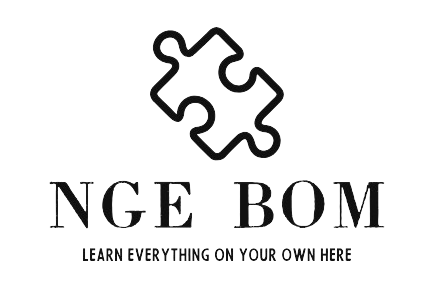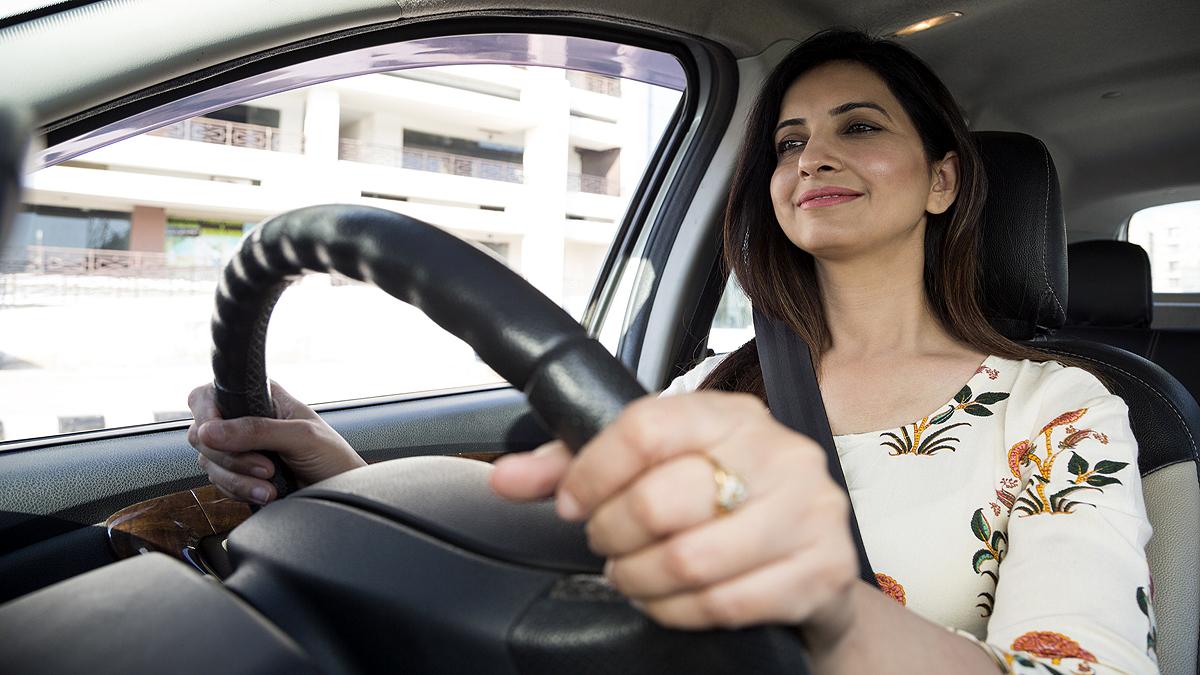Commercial Driver’s License (CDL) training equips aspiring transporters with the information, skills, and expertise necessary to work commercial vehicles safely and capably. The educational program of CDL training encompasses a great many topics designed to get ready candidates for the challenges of the street and ensure consistence with administrative standards. IMPROV®Learning, SPIDER Method™ Defensive Driving and CDL training programs, ensuring effective instruction through humor and expertise.
CDL Regulations and Requirements:
CDL training begins with an outline of the administrative system administering commercial driving, including government and state regulations, licensing requirements, and consistence standards. Candidates find out about the different CDL classifications, endorsements, and restrictions, as well as the documentation and clinical certifications expected for getting and keeping a CDL.
Vehicle Activity and Controls:

A key aspect of CDL training is acclimating candidates with commercial vehicles’ activity and controls. Trainees find out about vehicle components, systems, and safety features, as well as how to perform pre-trip inspections, lead routine support checks, and recognize mechanical issues. Hands-on training sessions give candidates viable involvement with moving and taking care of commercial vehicles safely.
Safe Driving Practices:
Safety is principal in CDL training, and candidates get comprehensive instruction on safe driving practices and defensive driving techniques. Topics covered incorporate mishap anticipation, peril awareness, space the board, speed the executives, and adverse weather patterns. Trainees figure out how to actually expect and respond to likely hazards out and about.
Freight Taking care of and Securement:
CDL training programs address the legitimate techniques for stacking, securing, and transporting freight safely. Candidates find out about weight distribution, load adjusting, freight securement regulations, and techniques for forestalling load shifts or spills. Understanding freight dealing with procedures is essential for keeping up with vehicle stability and forestalling accidents during transit.
Experience IMPROV®Learning, SPIDER Method™ Defensive Driving and CDL training, where education meets entertainment for comprehensive and engaging driver development.

